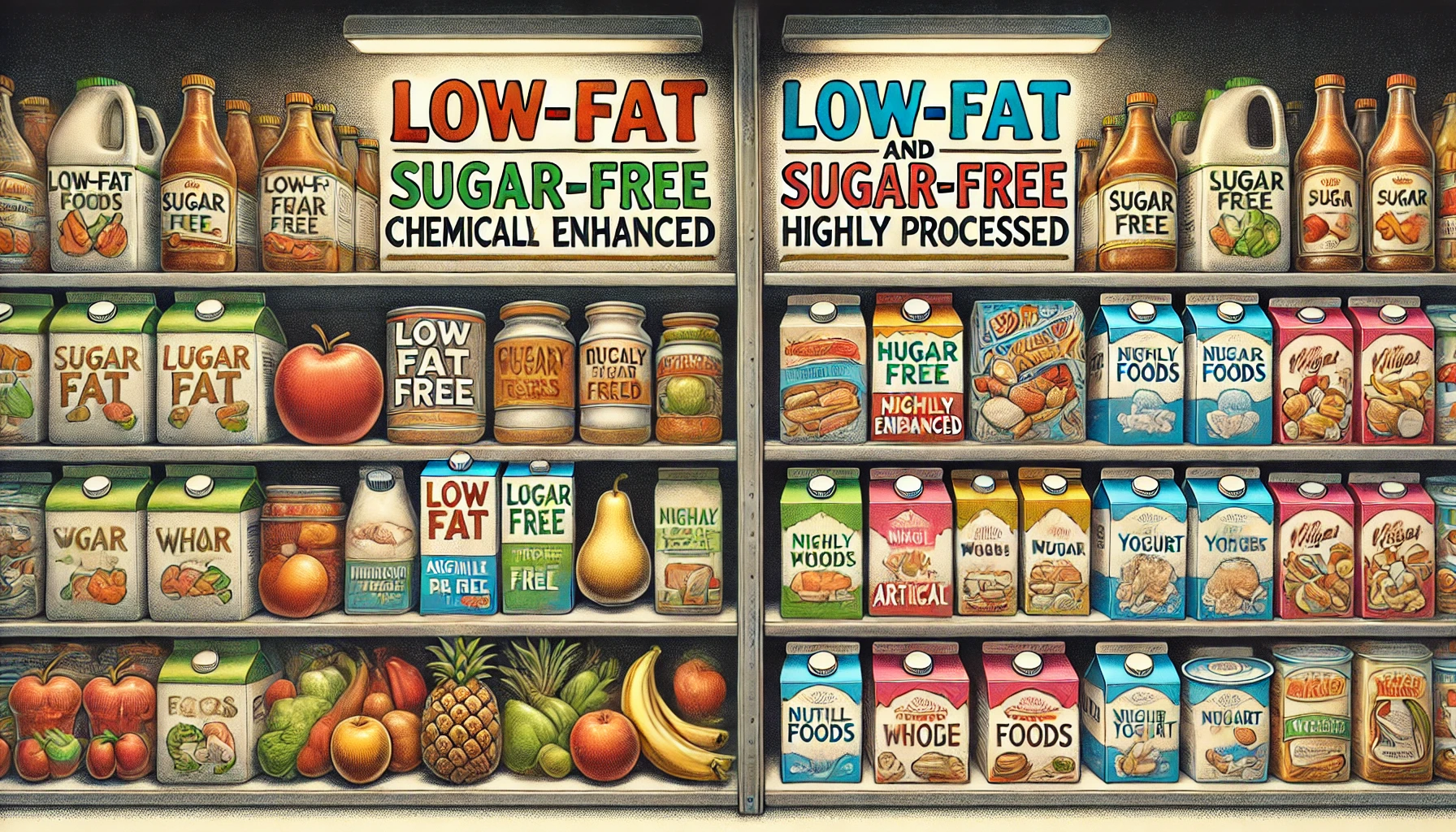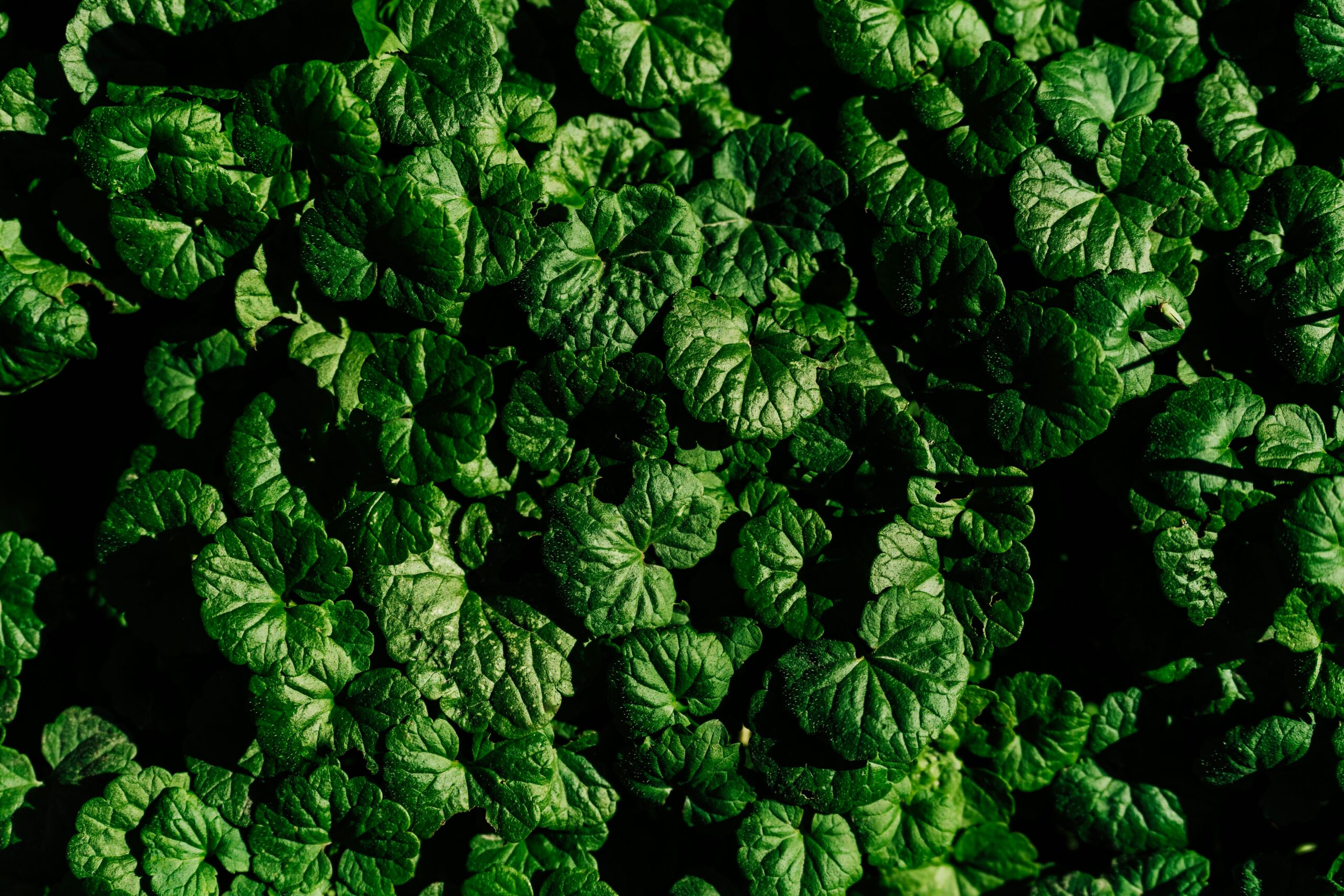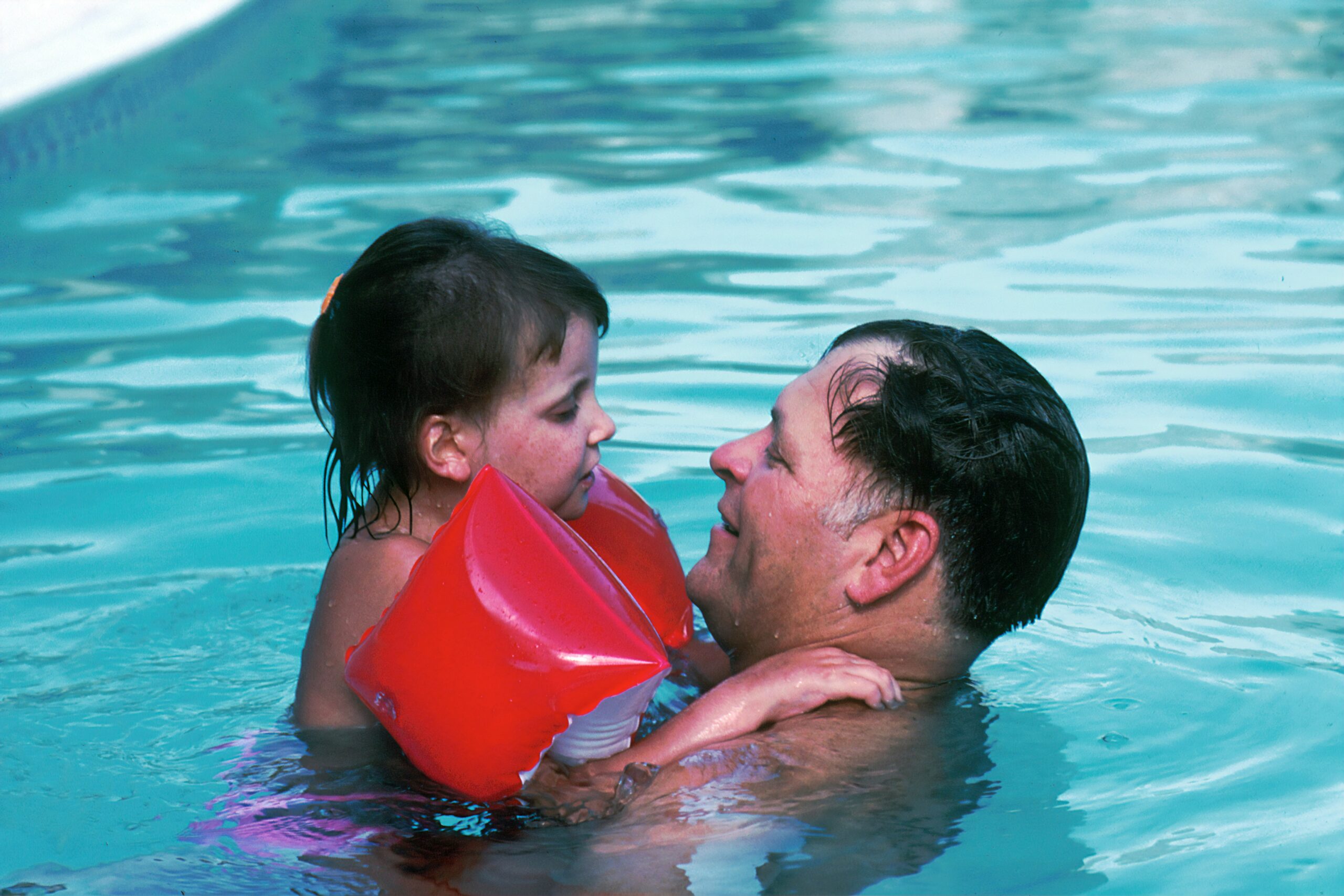Thirst Craving: How to Differentiate Between Hunger and Thirst
Thirst craving, also known as thirst hunger or water hunger, is a phenomenon where individuals mistake the sensation of thirst for hunger. This mix-up can lead to overeating or making poor food choices as people reach for food instead of water. Understanding the causes, signs, and ways to combat thirst craving can help improve overall health and well-being.
Causes of Thirst Craving
Thirst craving can be triggered by several factors:
- Dehydration: Not drinking enough water or losing fluids can cause the body to misinterpret thirst as hunger.
- Electrolyte Imbalance: Changes in sodium, potassium, or other electrolyte levels can confuse the body’s hunger and thirst signals.
- Hormonal Fluctuations: Hormonal changes, such as those occurring during pregnancy or menopause, can affect thirst signals.
- Medications: Certain medications, like diuretics or antidepressants, can increase the sensation of thirst.
- Age: Older adults may experience a decreased sensation of thirst.
- Stress: Stress can suppress thirst signals, leading to confusion between hunger and thirst.
Signs of Thirst Craving
Recognizing the signs of thirst craving can help you make better choices:
- Feeling hungry shortly after eating
- Craving unhealthy snacks or sweets
- Feeling lightheaded or dizzy
- Dark-colored urine
- Fatigue or lethargy
How to Combat Thirst Craving
To effectively combat thirst craving, consider these strategies:
- Drink Water Regularly: Make it a habit to drink water throughout the day to stay hydrated.
- Monitor Urine Color: Aim for pale yellow urine to ensure proper hydration levels.
- Eat Hydrating Foods: Incorporate water-rich foods like watermelon, cucumbers, and celery into your diet.
- Avoid Sugary Drinks and Caffeine: These can dehydrate the body further.
- Practice Mindful Eating and Drinking: Pay attention to your body’s signals and differentiate between hunger and thirst.
Remember, sometimes our bodies are simply asking for water, not food. By staying mindful and attentive to your body’s needs, you can better manage thirst craving and promote overall health.
Thank you for reading this post, don't forget to subscribe!














